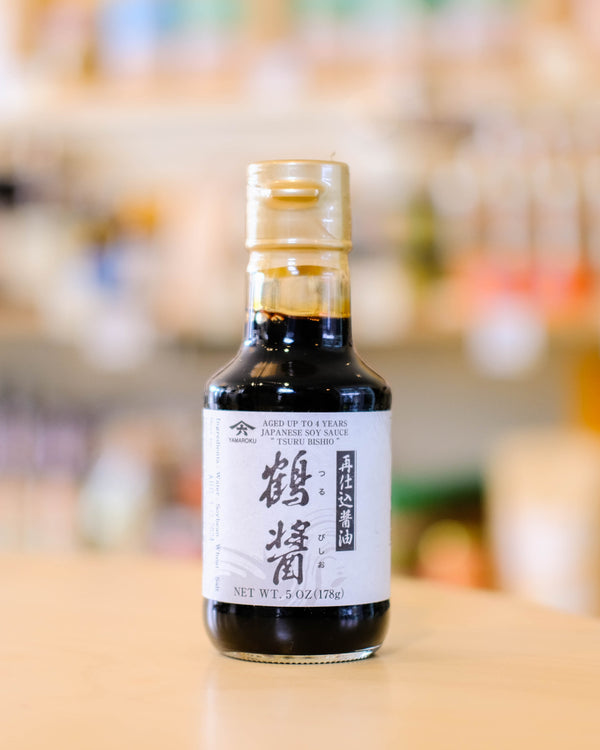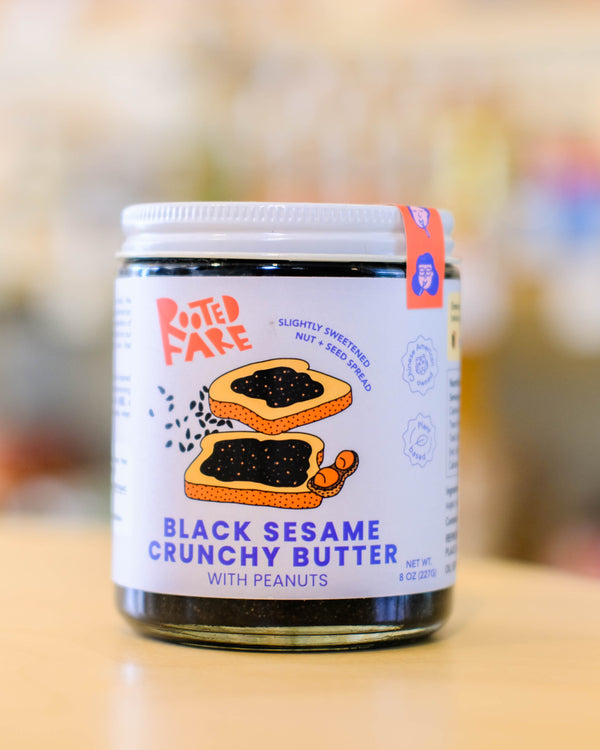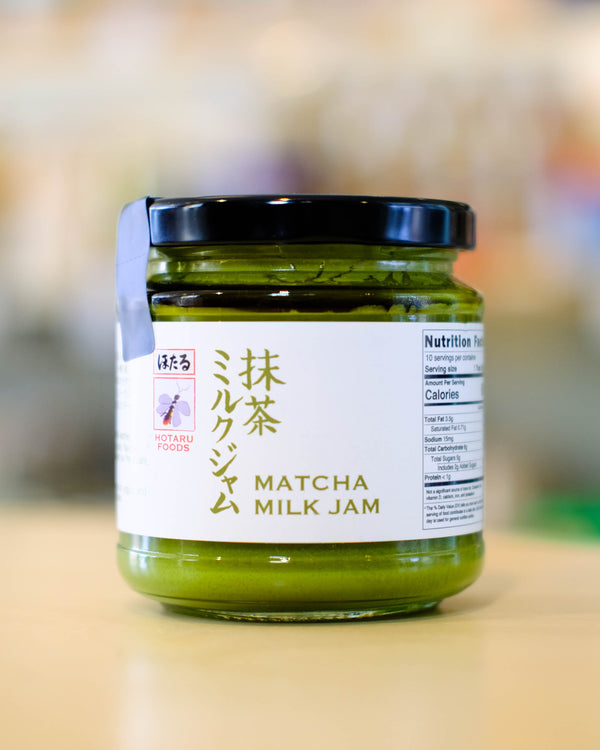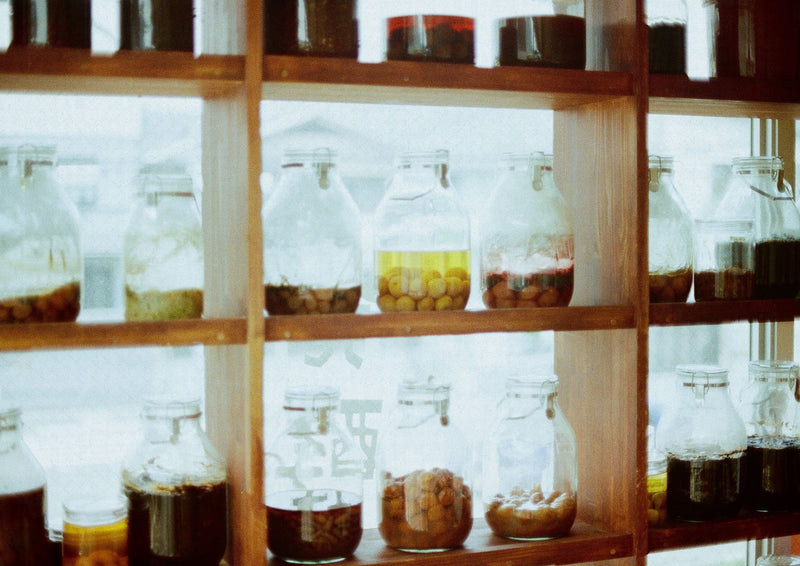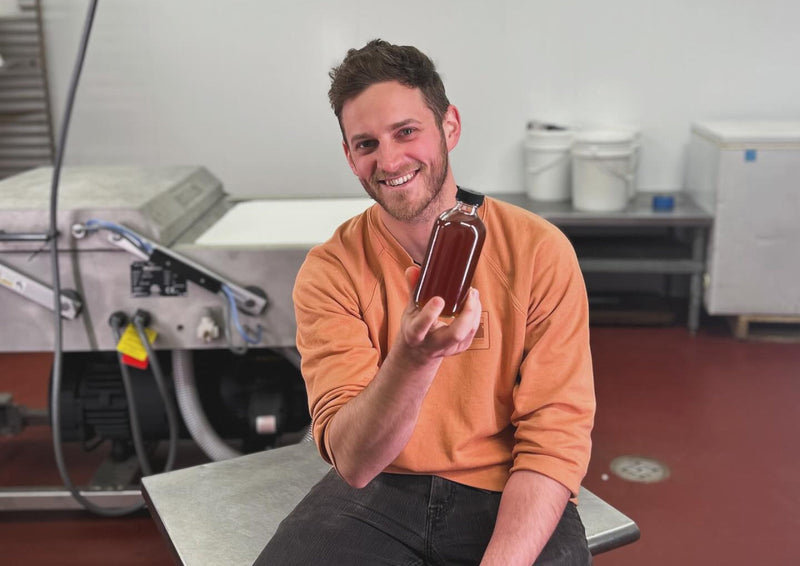There’s more to matcha than matcha lattes! The history of matcha, its cultural uses, and the farming and growing practices of the green tea leaves that make up the powder is fascinating, with a ton of depth and dimension. The powder we know and love comes from young green tea leaves, painstakingly grown, harvested, and processed mostly in Japan, in regions like Uji or Yame.
The making of matcha
The production of high quality matcha starts with the careful selection of tea leaves during the spring months. This labor intensive process is performed by the pros, who only pick the youngest shaded leaves from the top of the tea plant, focusing on size, shape, and color before selecting leaves for processing—not every leaf makes the cut! The chosen leaves steam at low temperatures in order to preserve their delicate flavors as well as their bright green color—a sign that they were picked at just the right time.
Finally, the leaves are ground into fine powder using traditional stone mills, which can take up to one hour per 30 grams (about one ounce) of finished matcha powder. A ton of work and careful selection for a tiny amount of finished product! The labor-intensive nature of the process explains why matcha is often more expensive than other teas on the market, and for good reason!
How matcha madness all started
Matcha’s history dates all the way back to the Tang Dynasty in China. Originally used as a medicinal drink, it gained fame for its unique flavor and health benefits. In the 12th century, Zen Buddhist monks introduced matcha to Japan, using it to stay alert during meditation, and the process of preparing powdered matcha tea was written down. How To Stay Healthy By Drinking Tea, or Kissa Yōjōki, by the Japanese monk Myōan Eisai, sparked a tea evolution.
Matcha began to shift from ceremonial beverage into something treasured by the Japanese upper class. By the 16th century, intricate rituals and traditions led to events like matcha tea ceremonies, still popular in Japan, where the drink is revered. These ceremonies show the importance of matcha in Japanese life, and highlight the role of the tea in bringing people together and building community.
Today, matcha is well-loved around the world for its moderate caffeine content—less than a cup of coffee—and delicious flavor. It’s often used in baked goods, chocolate, ice-cream, preserves, spreads, cocktails, and even noodles!
Its unique flavor has made it a favorite in many modern dishes, and its health benefits have made it an attractive alternative to coffee for those looking for a natural energy boost. Studies suggest that drinking matcha can reduce inflammation and free radical damage, as well as lower blood pressure and reduce the risk of heart disease and stroke. The amino acid L-theanine found in matcha may help with stress reduction and improved concentration. That’s a lot of good press!
Matcha at Onggi
At Onggi, we love using matcha in our day to day. We’re big fans of the Soukou matcha by our friends at Kettl, who work with dedicated growers in Japan to source extremely high quality matcha and store it in oxygen-free packaging, making sure it’s as fresh as possible when it’s in your hands. We use it in our matcha and black sesame mochi and our daily matcha lattes.
To make a matcha latte at home you’ll need matcha powder, boiling water, milk (dairy or non-dairy), sweetener (we like brown sugar or honey), and a matcha scoop and whisk. Whisk together two scoops of matcha powder with two teaspoons of hot water, then add in your sweetener into the hot tea to dissolve. Add in your desired amount of milk, give it a final whisk, and you’re all set!
Here are some of the matcha products we can’t live without:

Soft, earthy, and smooth matcha expertly made in Yame, Japan’s Fukuoka Prefecture, this matcha is the star ingredient in matcha lattes, adds a special element to baked goods, and is a constant in our daily rotation.

Hotaru Foods Matcha Milk Jam
Succulent matcha grassiness in a soft and supple milk jam! Apply generously over vanilla ice cream for an out of body experience, or enjoy on a slice of sourdough toast. It’s a perfect unexpected little treat, and shows you just how versatile matcha can be.

Traditionally crafted, this bamboo matcha whisk has one job—to smooth out your matcha lattes into a perfectly soft and even bev that an electric frother has no chance against. It’s a key ingredient to that foamy texture we love in a well made matcha latte.

This bamboo chashaku, or tea scoop, is the traditional way to measure out and add your matcha to your bowl before whisking. Each scoop holds about one gram, so two scoops should do for your daily tea, or experiment with the right amount for your preference.

In Japan, you’ll often see matcha being enjoyed out of bowls instead of mugs. Savoring your matcha in the same bowl you made it in adds a special element to your experience, and highlights the deep history and culture behind this special tea.



